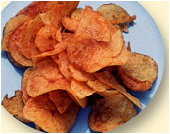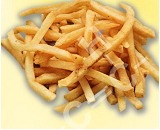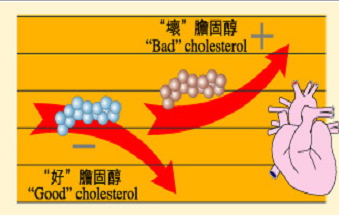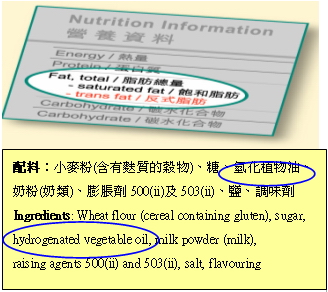- What is the role of fat in the diet?
Fat is a concentrated energy source (providing 9 kcal per gram), which also aids in the absorption of fat-soluble vitamins (i.e. vitamin A, D, E, and K). Fat in our diet provides essential fatty acids that are not produced by our body. Fat is important for proper growth and development. When eaten in moderation, it promotes maintenance of good health. Excessive total fat intake, however, has been linked to major health problems, such as increased risks of heart disease, obesity and certain types of cancers.
- What are the main types of fat?
Fat can mainly be divided into saturated fats, and unsaturated fats including monounsaturated fats and polyunsaturated fats. A large proportion of fat in animal products are saturated whereas in plants and some seafood, a large proportion of fat are monounsaturated and polyunsaturated.
- What are trans fats?
Trans fats are unsaturated fats. Trans fats are produced when hydrogen is added to oils to turn them from a liquid form into a semi-solid form. This process is called hydrogenation, and is used by food manufacturers to increase the shelf life and improve the texture of some food products.
- What foods contain trans fats?
Fried food and bakery products in which hydrogenated vegetable oils are used as ingredients or in the cooking process are the main sources of trans fats in our diet. A low level of trans fats is found naturally in the milk and the fat of sheep and cattle (such as whole milk and butter).
Examples of foods that may be produced with hydrogenated vegetable oil: margarines, shortening, crackers, chips, cookies, french fries, cakes, salad dressing, pastries, dried/powdered non-dairy creamers.



- Why are trans fats harmful to health?
 Trans fats can raise the level of low-density lipoprotein (LDL) cholesterol (also called the "bad" cholesterol) of our body, while at the same time lower the level of high-density lipoprotein (HDL) cholesterol (also called the "good" cholesterol). This increases the risk of coronary heart disease, which is the third killer in Hong Kong .
Trans fats can raise the level of low-density lipoprotein (LDL) cholesterol (also called the "bad" cholesterol) of our body, while at the same time lower the level of high-density lipoprotein (HDL) cholesterol (also called the "good" cholesterol). This increases the risk of coronary heart disease, which is the third killer in Hong Kong . -
How are trans fats different from saturated fats?
Saturated fats are in solid state at room temperature and therefore can be easily recognised. Saturated fats are abundant in animal fats such as butter and lard, as well as some vegetable oils such as coconut oil and palm oil.
Both saturated fats and trans fats can increase the risk of heart disease by raising the level of LDL ("bad") cholesterol, while trans fats will even lower the level of HDL ("good") cholesterol. Thus, it is healthier to choose food low in both saturated and trans fats.
-
What is the recommendation on the intake of trans fats?
Currently, the World Health Organization and Food and Agriculture Organization of the United Nations suggest that diets should provide a very low intake of trans fats. In practice, this implies an intake of less than 1% of daily energy intake. For example, an individual with a daily energy intake of 2000 kcal should limit the intake of trans fats to less than 2.2g per day.
- How to limit the intake of trans fats?

- Read food labels and choose foods with lower trans fats content, avoid foods produced with hydrogenated vegetable oils or fats.
- Avoid using hydrogenated oils and animal fats in cooking and food preparation.
- Maintain a balanced diet, eat less deep-fried and fatty foods.
-
Is it better to eat butter instead of margarine to lower intake of trans fats?
No, because butter is high in both saturated fats and cholesterol which are not good for heart health. On the contrary, most margarines are made from vegetable oils which contain no cholesterol and are generally lower in saturated fats.
Soft margarines generally have lower trans fat content than their harder counterparts, and there are choices of newly formulated margarines that are very low in trans fats nowadays.
-
When I patronise in food outlets, what choices should I make?
Maintaining a balanced diet in particular one that is low in total fat and high in fruits and vegetables is always important. You may choose food that is prepared with cooking methods (such as steaming, grilling) that use minimum amounts of added fat.